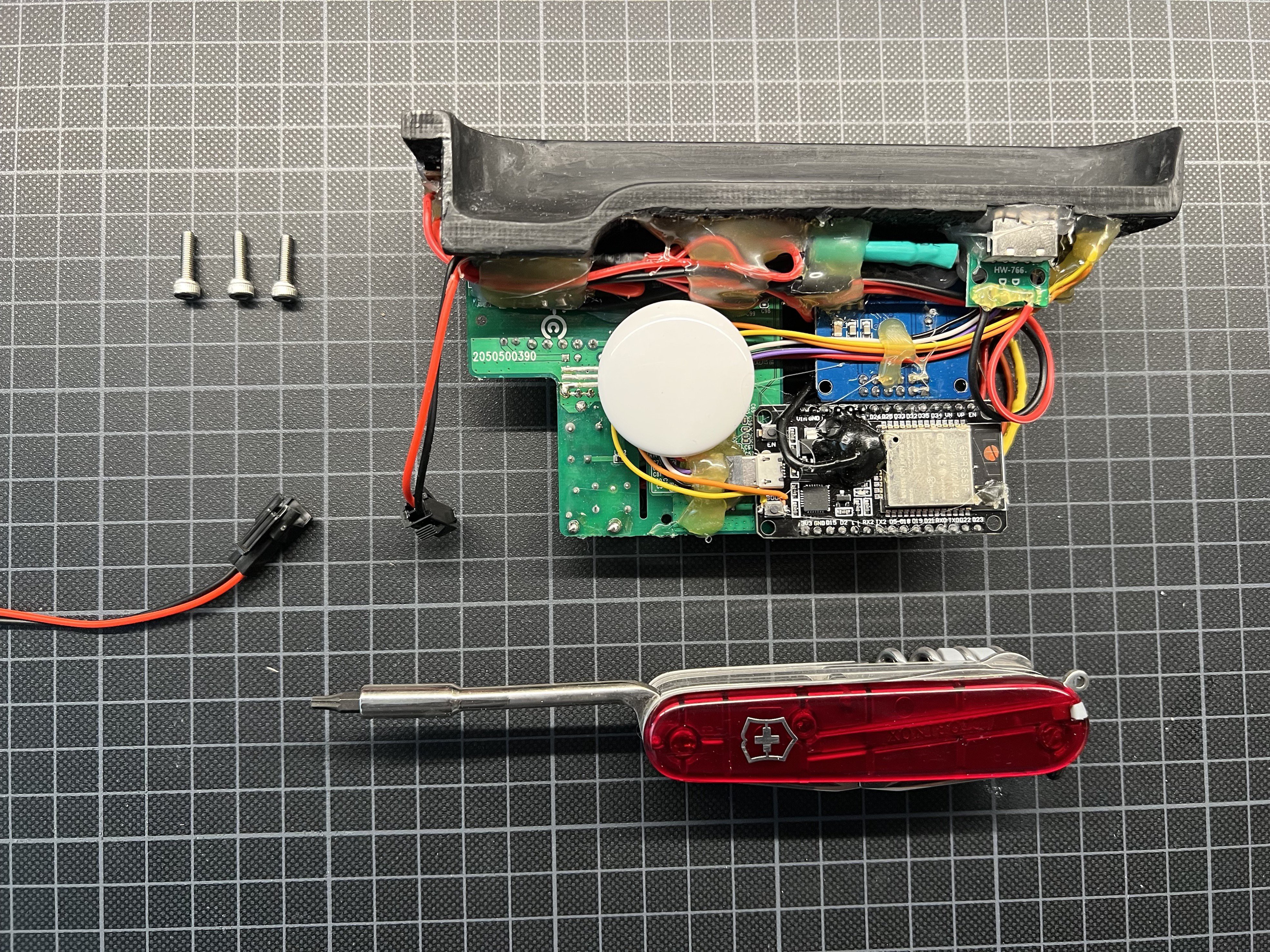When the first ideas for this Cyerdeck came up, I was already sure to create it modular, as much as possible. As such I had defined the following requirements for myself:
All "Modules"
- MUST
- be easily replaced for future improvements, modification or maintenance reasons
- be easy to assemble and disassemble (also in the field) using on-board tools (e.g. with a Victorinox - CyberTool L)
- be connected with the Cyberdeck Base-Frame only by standardized connectors (e.g. JST SM)
- be able to be switched on and off separately (by a dedicated switch).
- SHOULD
- be connected with the Cyberdeck Base-Frame only by one JST SM connector
- only require 5V and less than 200mA
- have a decentraliced Power-Switch plus Power-Indicator-LED
- not just be designed to be physically assembled and disassembled in the field, but also provide an option to be easily re-programmed in the field. As such all Modules (at least if they have their own "Brain"), should provide a USB-Socket to connect its "Brain" (e.g. ESP32) to the RasPi (via the USB Hub and a USB spiral cable) and reprogram it using the Arduino IDE (installed in Kali Linux).
- provide hidden (only accessible when disassembled) maintenance information (like PINOUT Plans, Passwords, ...). This could be done using small laminated notice boards or NFC tags.
- COULD
- have (as less es possible) additional, but standardized connectors for optional HW, like connecting external Antennas, Ethernet Cables, ...
- be replaced by same sized "alternative" Modules, to fit different Use-Case-Scenarios in the field
- WON'T
- be clued or permanently connected to the Cyberdeck Base-Frame
- be standard components (which you can buy), but totally overengineered custom-made Cyberdeck pieces!
Below you can see the "WLAN Router / Network Analyzer" Module, which is just connected to the Cyberdeck with 3 Screws and 1 JST SM Power connector (5V). As you can see, the Victorinox - CyberTool is perfectly able to disassemble the module also in the field. This module is heavily packed with several components (incl. a brutally stripped down TP-Link TL-WR802N), making use of fiber-optics to route hidden "Status Led Information" to the front panel of the Module ... and it contains a hidden AirTag to track the location of the Cyberdeck.

 Lord Of All Things
Lord Of All Things
Discussions
Become a Hackaday.io Member
Create an account to leave a comment. Already have an account? Log In.